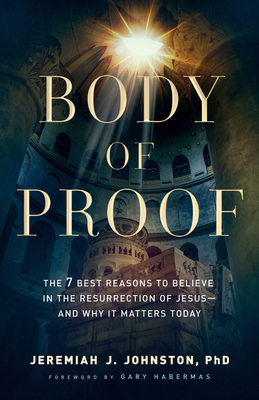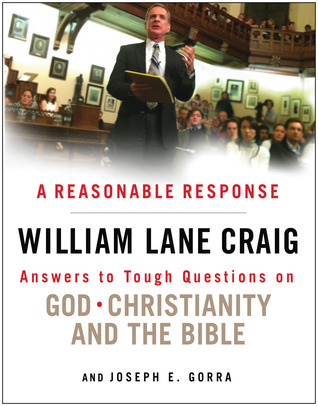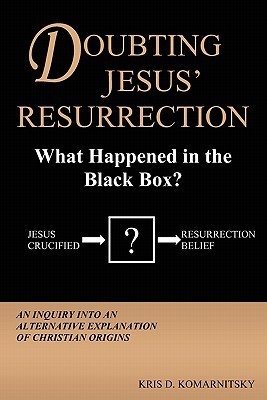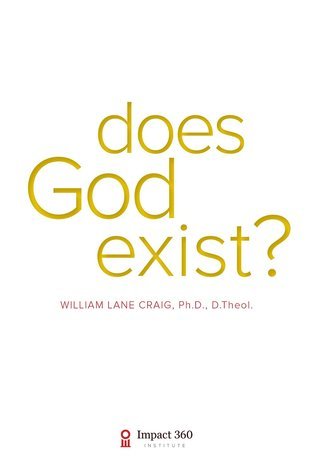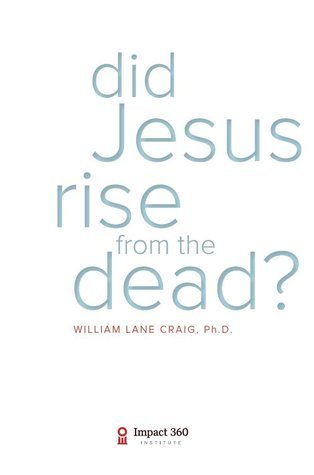
Did Jesus Rise From The Dead?
Book Description
What if the most significant event in human history hinged on a single question? In "Did Jesus Rise From The Dead?", William Lane Craig digs into the heart of one of the greatest mysteries ever posed. With razor-sharp clarity and unwavering logic, he navigates the explosive clash between faith and skepticism, unraveling evidence that has stirred debates for centuries. Each chapter pulls back the curtain on a world wrestling with belief, uncertainty, and the quest for truth. As the clock ticks down on this age-old enigma, one burning question remains: Can the resurrection still redefine our understanding of life and death?
Quick Book Summary
"Did Jesus Rise From The Dead?" by William Lane Craig explores the historical, philosophical, and theological ramifications of the resurrection claim at the heart of Christianity. Craig systematically examines the evidence for and against Jesus' resurrection, scrutinizing ancient sources, logical arguments, and counter-theories. Drawing on both the biblical records and critical scholarship, he invites readers to weigh eyewitness testimony, the empty tomb, and alternate explanations such as hallucination or legend. The book addresses both the skeptical and the faithful, arguing that the resurrection is not only a matter of faith but also of reasoned inquiry. By the end, Craig posits that the resurrection stands as a plausible, if not compelling, explanation for the birth of Christianity, challenging readers to consider its implications for life, death, and ultimate meaning.
Summary of Key Ideas
Table of Contents
Assessing Historical Evidence
William Lane Craig begins by laying out the historical context surrounding the resurrection, drawing on biblical texts and non-Christian sources. He explains why the question of whether Jesus physically rose from the dead matters deeply, not only for Christian doctrine but also for how humans grapple with the concepts of hope and afterlife. Craig introduces his approach: employing rigorous historical methodology while remaining sensitive to the beliefs and doubts of readers from various backgrounds.
Examining Alternative Explanations
Central to Craig's argument is the analysis of key historical facts: the crucifixion of Jesus, the discovery of his empty tomb, post-mortem appearances reported by disciples, and the emergence of belief in the resurrection. He argues that these events, as attested by multiple sources, create a cumulative case for the resurrection. Craig evaluates the reliability of eyewitness testimony and addresses textual criticisms, contending that the early reports are too close in time to the events to have been fabricated or corrupted.
The Significance of Eyewitness Testimony
Craig systematically addresses prominent alternative explanations. He considers whether the disciples stole the body, whether the appearances were hallucinations, or if the resurrection narrative simply evolved as legend. Using logical analysis and references to psychological studies, he argues that these theories do not satisfactorily account for all the data—especially the sudden transformation and conviction of early Christians, who were willing to suffer persecution for their claims.
Philosophical Implications of Resurrection
The author then moves to the philosophical stakes of resurrection. He discusses the possibility of miracles, the nature of evidence, and whether it is rational to believe in supernatural events. Relying on philosophical principles, Craig maintains that if God exists, then a miracle such as the resurrection is at least possible. He argues that the historical evidence, when combined with philosophical openness, makes a strong case for the plausibility of Jesus' resurrection.
Faith, Skepticism, and Personal Commitment
Finally, Craig invites the reader to reflect on the personal implications of the resurrection. He explores how belief or disbelief in this event shapes one's worldview, values, and understanding of life and death. Rather than pressuring for immediate acceptance, Craig encourages an honest wrestling with the evidence and its existential consequences, suggesting that the resurrection remains a central, transformative question for every generation.
Download This Summary
Get a free PDF of this summary instantly — no email required.


